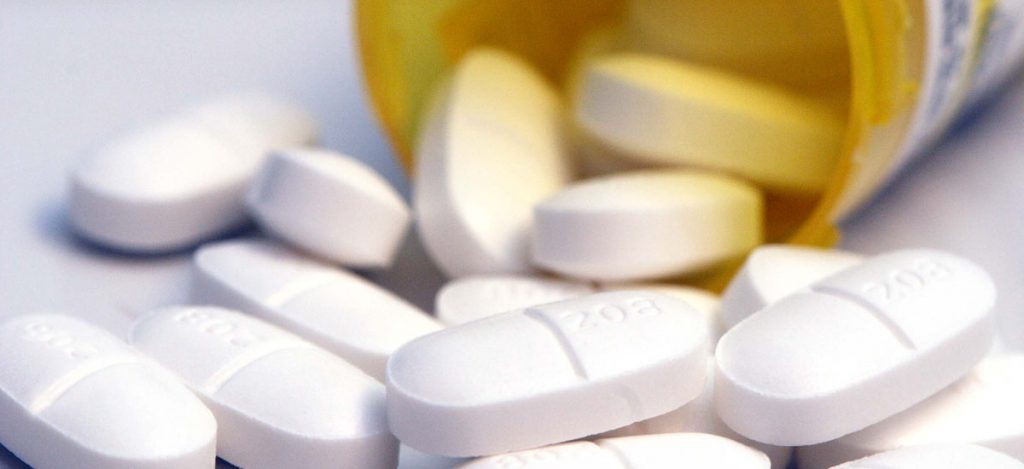On May 14, 2014, the US Public Health Service released comprehensive clinical practice guidelines for PrEP or Pre-exposure Prophylaxis, which involves taking of a daily pill to prevent HIV infection. The new U.S. guidelines recommend that PrEP be considered for people who are HIV-negative and at substantial risk for HIV either through sexual transmission or injection drug use.
The US guidelines (see summary prepared by the Centers for Disease Control):
- provide clear criteria for determining a person’s HIV risk and indications for PrEP use
- require that patients receive HIV testing to confirm negative status before starting PrEP
- underscore the importance of counseling about adherence and HIV risk reduction, including encouraging condom use for additional protection
- recommend regular monitoring of HIV infection status, side effects, adherence, and sexual or injection risk behaviors.
- include a providers’ supplement with additional materials and tools for use when prescribing PrEP.
Canadian jurisdictions have yet to determine the best way to address these topics in the setting of risks for our populations. However, studies led by Darrell Tan at St. Michael’s Hospital and funded by the OHTN and CIHR hope to do just that, including studying 50 men who have sex with men who will receive PrEP and assess its acceptability and usefulness in preventing infection.
The US guidelines provide an important public health program comparator against which Canadian studies can assess similarities and differences. While the US guidelines are comprehensive in many ways, some commenters have noted they do not address important issues for use of PreP by transgender women.
